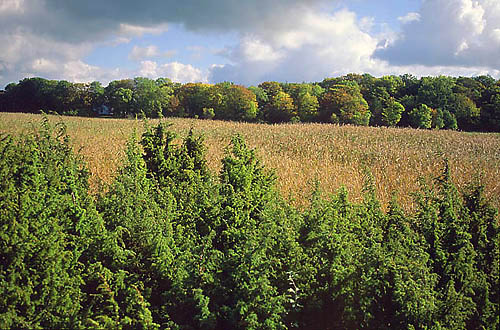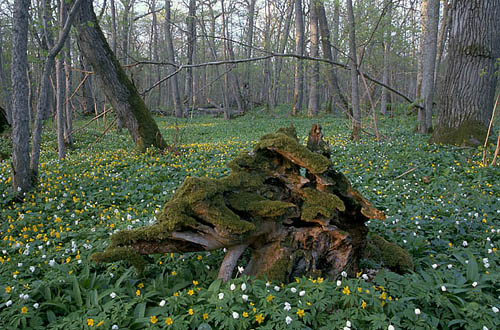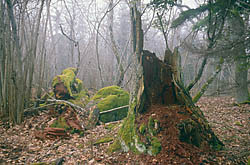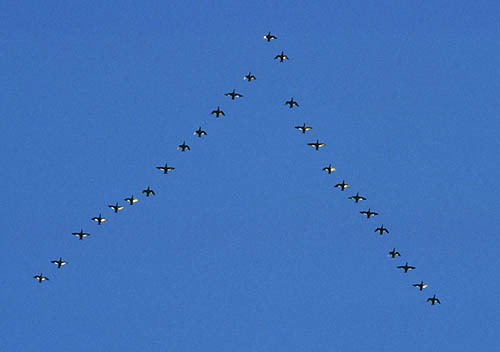The Natural Environment of Puhtu
Puhtu is a long peninsula, which stretches approximately a kilometre from north to south and is barely half a kilometre wide. The surface of the southern part of the peninsula is formed mostly of shingle dunes that during the course of time have been piled up by the sea. These dunes create a high ring on which grows a diverse broadleaf forest. Within the ring lies marshy lowland, which is under water during rainy periods. A long pond has been dug into the deepest part of this marshy area with shallow ditches directing water into it from the edges of the ring. The northern part of the peninsula, on the other hand, is much barer. Here we find less forest and more wooded meadows and reedbeds. Perhaps the most significant spot in the last few decades has been the bird-watching tower on the southwestern tip of the peninsula, which is used every spring by bird enthusiasts from Europe and beyond. The Diverse Forest Grove
The forest grove, which was mentioned in the 14th century as a place of beauty and natural value, is an unforgettable place. Here we find roughly 60 different species of trees and bushes. The most prevalent species of tree is the linden followed by the oak. In addition there are many maples, ash and elm. In the undergrowth we find the occasional rowan and bird cherry, and near the summerhouses lilacs, hawthorns and honeysuckles.
In early spring liverleaf, wood anemone, yellow anemone and lungwort buds push their way up through the previous autumn’s thick carpet of leaves. A little later Solomon’s-seal, baneberry, dog’s mercury and herb Paris also appear. In June a flowering carpet of wild leek dominates the dark forest floor. Under the trees among the grasses swallowwort, musk strawberry and martagon lily also find a suitable place to grow. Bird Migration at Puhtu
The spring migration of arctic birds is one occurrence, which makes Puhtu unique in the world. The reason for this is simply because Puhtu is on the migration route for long tailed ducks, scoters and divers. The busiest period of the migration is in mid-May when, during a short period, many hundreds of thousands of birds pass through here. Experienced bird watchers have managed to count close to a million migrating birds in one day. In the spring migration the daily pattern of different bird species varies. Red throated and black - throated divers prefer to be on the wing in the early morning. Long tailed ducks, velvet scoters and common scoters start out a few hours before sunset and they continue their flight into the night. Other arctic migratory birds are the Brent Goose and the Barnacle Goose. From early spring until late autumn Puhtu is an exciting place for bird enthusiasts. The most interesting spring visitors have already been mentioned. In autumn, in addition to the migrating waterbirds, it is possible to see sparrows and pigeons, flocks of which often spend the night on the islet. Over 160 species of bird have been sighted on Puhtu and approximately 50 of these come to nest. *** See additional photos at Loodusemees Image Library |
||||||||||



